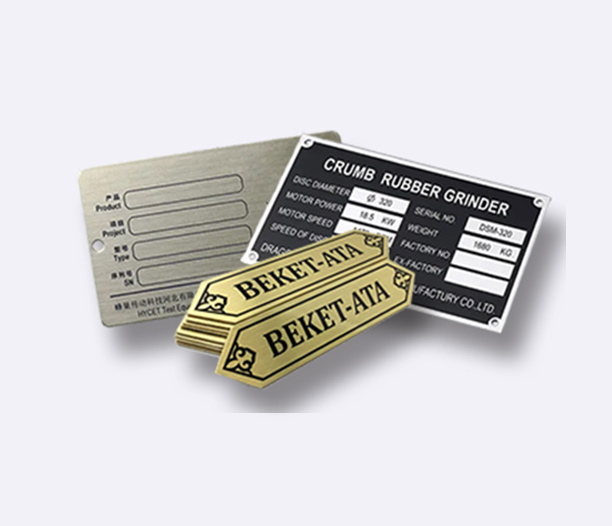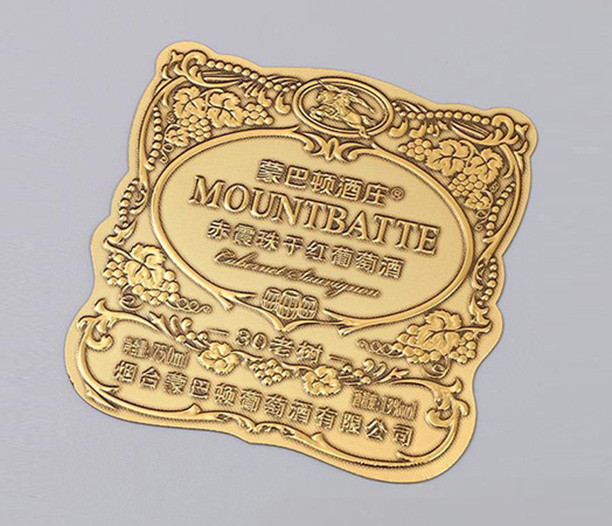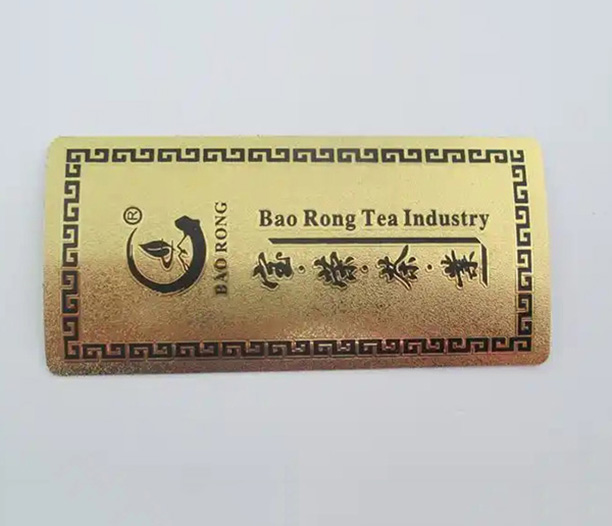When it comes to labeling solutions that last, metal labels are in a league of their own. Whether you’re tagging industrial equipment, branding high-end products, or marking machinery in harsh environments, a durable metal label isn’t just a nice-to-have—it’s a necessity. But not all metal labels are created equal. So, what separates the best from the rest? Let’s break it down.
1. Material Matters: The Foundation of Durability
The first thing that sets a high-quality metal label apart is the material it’s made from. Common options include stainless steel, aluminum, brass, and even specialty alloys. Each has its strengths:
- Stainless Steel Metal Labels: Perfect for corrosive environments (think chemical plants or marine settings). They resist rust and can handle extreme temperatures.
- Aluminum Metal Labels: Lightweight yet tough, ideal for outdoor use or aerospace applications.
- Brass Metal Labels: Offer a classic, polished look for luxury branding or decorative purposes.
Cheap imitations often use thin, low-grade metals that warp, fade, or corrode quickly. A standout metal label uses thick, industry-grade material tailored to its intended environment.
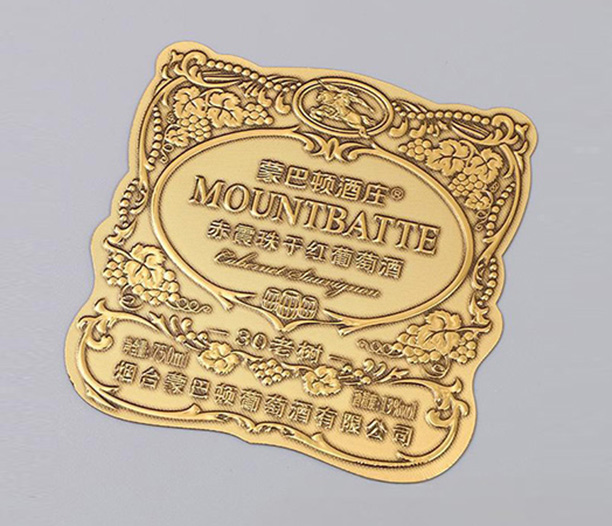
2. Precision Manufacturing: No Room for Errors
Durability isn’t just about the raw material—it’s about how that material is processed. Top-tier metal labels are crafted using advanced techniques like:
- Laser Etching: Creates crisp, permanent markings that won’t rub off.
- Chemical Etching: Ideal for intricate designs or barcodes.
- Embossing/Debossing: Adds texture for tactile readability.
Poorly made labels might use cheap stamping or printing methods that crack under stress. Precision manufacturing ensures the label’s text, logos, or safety warnings stay legible for years.
3. Weather Resistance: Built to Survive Mother Nature
Let’s face it: If your metal label can’t handle rain, UV rays, or freezing temps, it’s just decoration. The best metal labels are engineered for weather resistance. This includes:
- Protective Coatings: Powder coating or anodizing adds a layer of defense against scratches and oxidation.
- UV-Stable Inks: Prevents sun damage and color fading.
- Sealed Edges: Keeps moisture from seeping under the label.
For example, a metal label on agricultural machinery needs to survive mud, humidity, and direct sunlight without peeling or rusting. If it can’t, you’ll be replacing it every season.
4. Customization Without Compromise
Durability doesn’t mean sacrificing aesthetics. A standout metal label balances ruggedness with customization. Think:
- Engraved Logos: Deep-etched branding that won’t wear away.
- Color Infusion: Dye-sublimation techniques embed color into the metal itself.
- Shape Flexibility: Custom-cut labels for unique applications (e.g., curved surfaces).
Low-quality labels often skimp here, offering limited sizes or one-size-fits-all designs. A great metal label is tailored to your exact needs—whether it’s a tiny serial number plate or a large outdoor sign.
5. Compliance & Safety Features
In industries like manufacturing, healthcare, or aviation, metal labels aren’t just identifiers—they’re critical for safety and compliance. Top performers include:
- UL/CSA Certification: Meets fire safety or electrical standards.
- Chemical Resistance: Withstands exposure to solvents or cleaners.
- High-Visibility Finishes: Reflective coatings for low-light environments.
A subpar label that smudges or delaminates could lead to costly fines or safety risks. Compliance isn’t optional—it’s built into a durable metal label’s DNA.
6. Long-Term ROI: Why Cheap Labels Cost More
Sure, a flimsy plastic tag might save you a few bucks upfront. But a durable metal label pays for itself over time. Consider:
- Reduced Replacement Costs: No need to re-label equipment every year.
- Brand Integrity: Faded or damaged labels make your business look unprofessional.
- Asset Tracking: Permanent labels ensure accurate inventory management.
For instance, a warehouse using metal labels on forklifts avoids constant re-tagging and maintains smoother operations. That’s smart investing.
7. Real-World Applications: Where Metal Labels Shine
Still not convinced? Let’s look at scenarios where durable metal labels are game-changers:
- Automotive: Engine parts exposed to heat and oil.
- Construction: Heavy machinery in dusty, wet job sites.
- Medical Devices: Sterilization-resistant labels for autoclaves.
- Military Gear: Labels that survive extreme conditions.
In each case, a metal label isn’t just surviving—it’s performing.
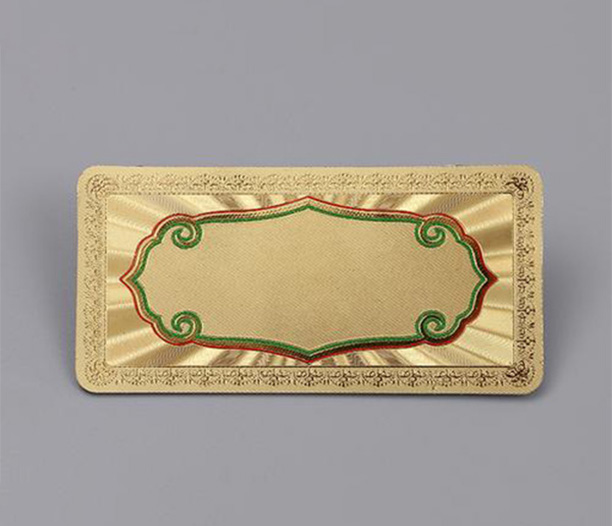
8. How to Choose the Right Supplier
Not all vendors deliver the same quality. Ask potential suppliers:
- “Do you offer material certifications?”
- “Can you provide samples for stress-testing?”
- “What’s your turnaround time for custom orders?”
A reputable supplier will walk you through options without pushing unnecessary upsells.
Final Thoughts
A durable metal label isn’t a commodity—it’s a precision tool. By focusing on material quality, manufacturing precision, and real-world performance, you’ll get a label that stands up to time, elements, and heavy use. Whether you’re labeling a vintage wine collection or an oil rig, cutting corners just isn’t worth the risk.
So, next time you need a labeling solution that lasts, remember: The right metal label doesn’t just stand out—it stands the test of time.



